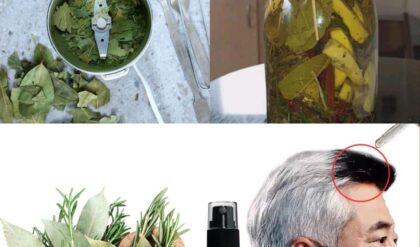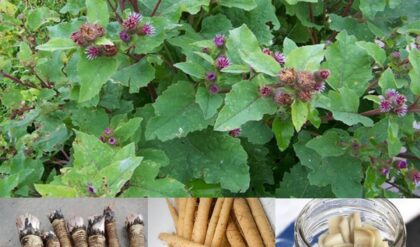Fish scraps, though not the most fragrant fertilizer, are a treasure trove of nutrients that can transform your garden. Rich in nitrogen, phosphorus, potassium, and trace minerals, they enrich the soil, boost plant growth, and reduce waste. Here’s a detailed guide on four effective ways to use fish scraps, ensuring you maximize their benefits while avoiding potential pitfalls.

Why Use Fish Scraps in Your Garden?
Benefits:
- Soil Enrichment: As fish scraps decompose, they add organic matter, improving soil structure and fertility.
- Nutrient Boost: Packed with essential nutrients like nitrogen (4-1-1 NPK ratio), fish scraps support vigorous plant growth.
- Cost-Effective Waste Management: Repurposing fish waste reduces landfill contributions and provides an eco-friendly gardening solution.
Challenges:
- Odor and Pests: The smell of decomposing fish may attract animals like raccoons or household pets.
- Pathogen Risks: Raw fish can harbor bacteria and parasites that could contaminate soil and crops if improperly handled.
1. Bury Fish Scraps Beneath Plants
This time-honored method is particularly effective for fruiting plants like tomatoes and peppers.
- Depth Matters: Bury scraps at least 12-24 inches deep to prevent odors and deter pests.
- Best Plants to Target: Use this method for fruit-bearing crops, avoiding root vegetables like carrots or beets to minimize contamination risks.
- Decomposition Benefits: Fish scraps decompose faster than most organic matter, enriching the soil and boosting plant health within weeks.
2. Blend Fish Scraps for Quick Nutrient Release
Blending fish scraps with water creates a nutrient-dense slurry, but it comes with challenges.
- Fast Nutrient Delivery: Blended fish decomposes faster, making nutrients available more quickly to plants.
- Odor Control: This method requires careful application to avoid attracting pests and insects. Consider burying or mixing it directly into the soil after application.
- Downside: The strong smell may make it less practical for smaller gardens or urban spaces.
3. DIY Fish Emulsion Fertilizer
Fish emulsion is a liquid fertilizer rich in nitrogen and other essential nutrients, ideal for fast-growing plants.
- Ingredients Needed: Fish scraps, molasses, sawdust, and water.
- Preparation:
- Mix fish scraps and sawdust in equal parts in a 5-gallon bucket.
- Add one cup of molasses to accelerate decomposition.
- Cover with water, stir daily, and let the mixture steep for two weeks.
- Application: Dilute one tablespoon of emulsion in a gallon of water and apply to plants twice a week for steady growth.
4. Composting Fish Scraps for Long-Term Benefits
Composting fish scraps is a sustainable method, though it requires careful management.
- Core Placement: Place fish scraps in the center of your compost pile to contain odors and reduce pest attraction.
- Temperature Management: Heat the pile to at least 145°F (64°C) for five days to eliminate pathogens. Repeat this process three times for added safety.
- Nutrient Profile: Fish compost transforms into rich humus, adding organic matter without significantly increasing nitrogen content compared to pure fish fertilizers.
Important Considerations When Using Fish Scraps

- Source Responsibly: Use only fish waste from sustainable, ethical sources. Avoid whole fish and focus on inedible parts like bones, heads, and organs.
- Monitor Soil Health: Heavy metals like mercury in fish scraps can leach into the soil. Use sparingly and test soil composition if concerned.
- Commercial Alternatives: If handling raw fish seems daunting, consider fish-based products like fish meal or hydrolyzed fish fertilizers, which are pathogen-free and easier to use.
Conclusion
Incorporating fish scraps into your garden is a sustainable and nutrient-rich way to improve plant health while reducing waste. Each method—whether burying, blending, creating emulsion, or composting—offers unique advantages suited to different gardening needs. With proper handling and a bit of caution, fish scraps can transform your garden into a thriving, productive space.
Inspired by this sustainable gardening tip? Share this guide with fellow green thumbs and encourage a more eco-friendly approach to gardening!





